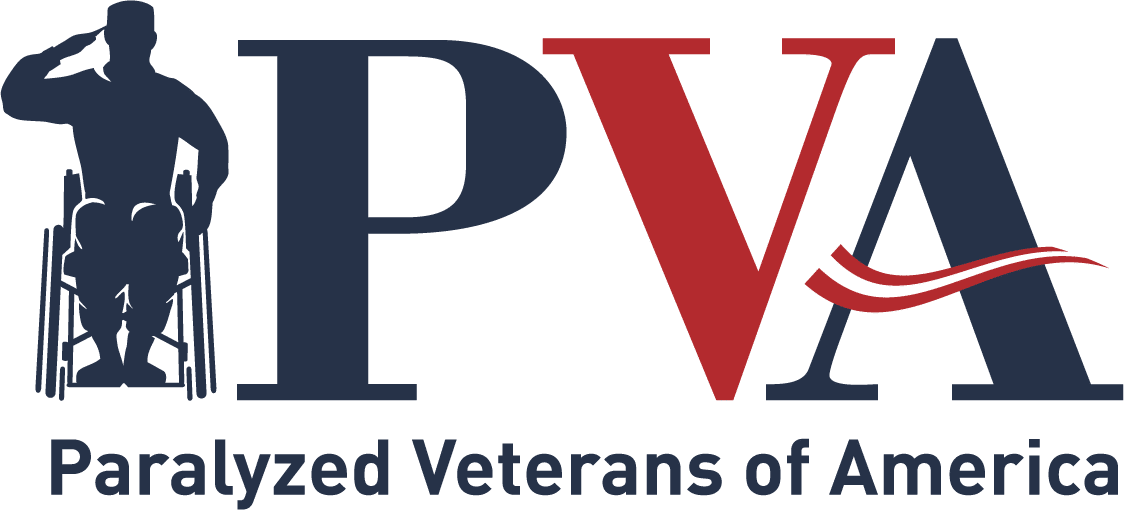Our Government Must Keep its Promise to Veterans’ Caregivers
Posted By PVA Admin on April 26, 2017When President Obama signed into law the Caregivers and Veterans Omnibus Health Services Act of 2010, it fundamentally changed the way America honored caregivers. It specifically benefitted those facing the burden of helping severely wounded veterans who served on or after September 11, 2001. Those caregivers who had given up their careers, neglected their own wellness, and eventually found themselves isolated with no support would now enjoy access to a program that provided resources and support to mitigate the tremendous burden that came with caring for disabled veterans.
It was a great step forward for our “hidden heroes,” but the program would become a victim of its own success. As the legislation was being developed, it was purportedly intended as a benefit that would help approximately 4,000 veterans and their families. The need was underestimated. More than 35,000 veterans and families were accepted into the program over time, thus pushing the program well beyond its projected limits. What followed was an attempt on the Department of Veterans Affairs’ (VA) part to remedy the inconsistent practices, unclear standards, and poor communication with beneficiaries that put the program in dire straits. And it is now caregivers who are paying the heaviest price.
Reportedly, a growing number of veterans and their caregivers are being told by their local Caregiver Support Coordinators that the program was never intended to be a permanent benefit, and the expectation all along was veterans would ideally ‘graduate’ from the program once well enough to no longer need a caregiver. However, the greatest problem in communication is the misconception that it has been accomplished, and that certainly applies in this case. Many caregivers felt misled and abandoned as they received letters announcing that their loved ones no longer met the eligibility criteria, which meant the caregivers would no longer receive monthly stipends, access to healthcare, and other resources.
Adding insult to veritable injury is the pressure VA now faces to expand the flawed program and its benefits to caregivers serving veterans who fought in Vietnam, the Persian Gulf, and other Pre-9/11 eras. Calls to delay expansion of the program until VA resolves the existing problems have essentially divided caregivers into two underserved groups with conflicting interests: one being the Post-9/11 caregivers who had been disenfranchised, the other being the caregivers for the oldest and most disabled Pre-9/11 veterans who have never received program assistance. Whether VA will have to rob Peter to pay Paul, in other words serve one group at the expense of the other, is a proposition that no one wants to openly discuss; yet it appears to be the only viable solution. It is a shame.
So how should Congress and VA fix this problem? First, decide once and for all whom the program was intended to serve, and the evidentiary standard necessary to establish eligibility. VA officials now claim the intent all along was to routinely evaluate the veterans in the program and implement specific interventions that might alleviate the need for a caregiver. This should have been made clear at the outset and needs to be made abundantly clear going forward. Then apply all standards consistently and adequately budget based on need, not policy. At the same time, explore ways to expand the program to those who need it most, beginning with the oldest and most disabled veterans in our country whose caregivers have shouldered the burden alone for far too long. Bottom line: It’s time for our government to stop writing checks to veterans and caregivers with disappearing ink, and pay the accrued cost of preserving freedom. Congress should lead the VA out of its bureaucracy and address the real needs of its veteran constituents.
Sherman Gillums, Jr. is the Executive Director of Paralyzed Veterans of America, and a paralyzed veteran. He is the first veteran to have served during the Gulf War and Post-9/11 era who has gone on to become the executive director of one of the nation’s top six veterans service organizations.

